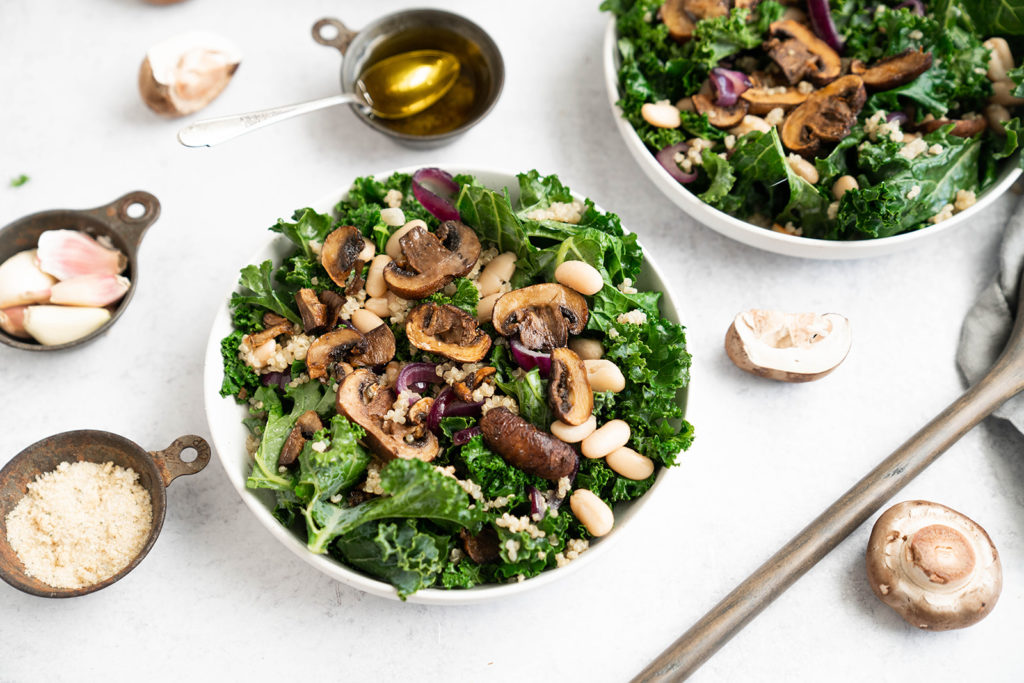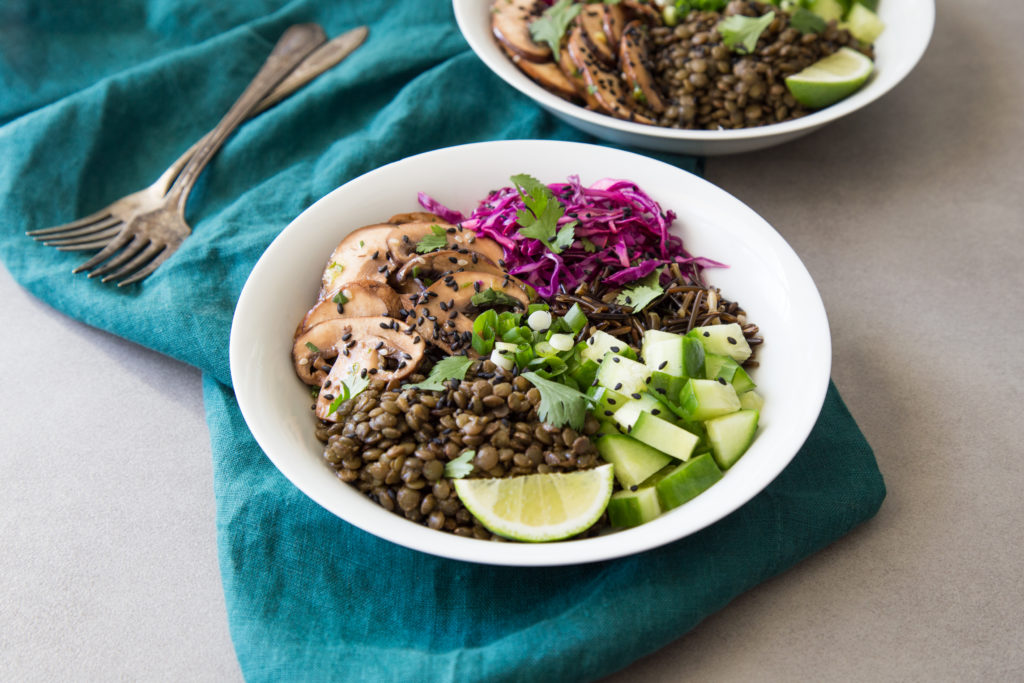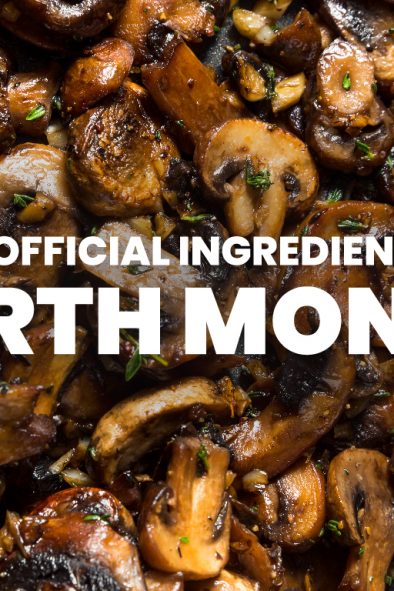Articles
Simple Mushroom Tips + Life Hacks For Healthy Immunity

Wow, we’re only a couple weeks away from spring! It may not feel like it when you step outside quite yet, but it’s coming. Let’s make this the healthiest season yet and do a little spring cleaning of our eating habits. It doesn’t take much! Here are a few simple mushroom tips and life hacks you can add to your eating routine to help feed your immune system and stay healthy this spring.

Make half your plate fruit and veggies.
Almost 90% of the U.S. population does not meet the recommendation for vegetables.1 Yikes! The good news is there are tons of delicious choices from mushrooms, leafy greens and colorful veggies like peppers and carrots, to beans, peas and lentils. Plus, they come in many different forms for supreme convenience, including fresh, frozen, canned and dried options. Get a big ol’ boost of veggies with this Crispy Mushroom, White Bean, Quinoa & Kale Salad.

Make half your grains whole grains.
Whole grains provide nutrients that are vital for the health and maintenance of our body, including dietary fiber, several B vitamins (thiamin, riboflavin, niacin and folate) and minerals, such as iron, magnesium and selenium.2 People who eat whole grains as part of a healthy diet have a reduced risk of some chronic diseases.2 Enjoy a tasty serving of whole grains with these Marinated Mushroom Bowls With Lentils & Wild Rice.

Vary your protein routine.
Protein-rich foods offer various nutrients, which is why mixing up your protein choices can provide a range of nutrients to help keep your body functioning well. Meat, poultry, fish, dry beans, peas, lentils, eggs, nuts and seeds supply nutrients, such as B vitamins (niacin, thiamin, riboflavin and B6), iron, magnesium and zinc.3 This Asian BBQ Sesame Salmon With Noodles & Veggies is a delicious dish with plenty of protein.
Get moving.
This is your sign to get up and dance! Adults who are physically active are healthier, feel better and are less likely to develop many chronic diseases than are adults who are inactive.1 All it takes is 150 to 300 minutes of moderate-intensity aerobic activity, like brisk walking or fast dancing, each week.1
Make more meals at home.
When you cook meals yourself, you have more control over the ingredients and can focus on choosing nutrient-dense options that have little or no added sugars and saturated fat and less sodium. That can be harder to do when purchasing prepared foods. MyPlate is a great resource to help you plan and maintain a well-balanced diet. If you’re new to the cooking scene, these mushroom preparation tips will also be super helpful.
Hungry for more healthy hacks and simple mushroom tips?
12020-2025 Dietary Guidelines For Americans. Dietary Guidelines for Americans website. December 2020. Available at: https://www.dietaryguidelines.gov/sites/default/files/2020-12/Dietary_Guidelines_for_Americans_2020-2025.pdf. Accessed February 4, 2021.
2Grains. USDA MyPlate website. Available at: https://www.myplate.gov/eat-healthy/grains. Accessed February 4, 2021.
3Protein Foods. USDA MyPlate website. Available at: https://www.myplate.gov/eat-healthy/protein-foods. Accessed February 4, 2021.





